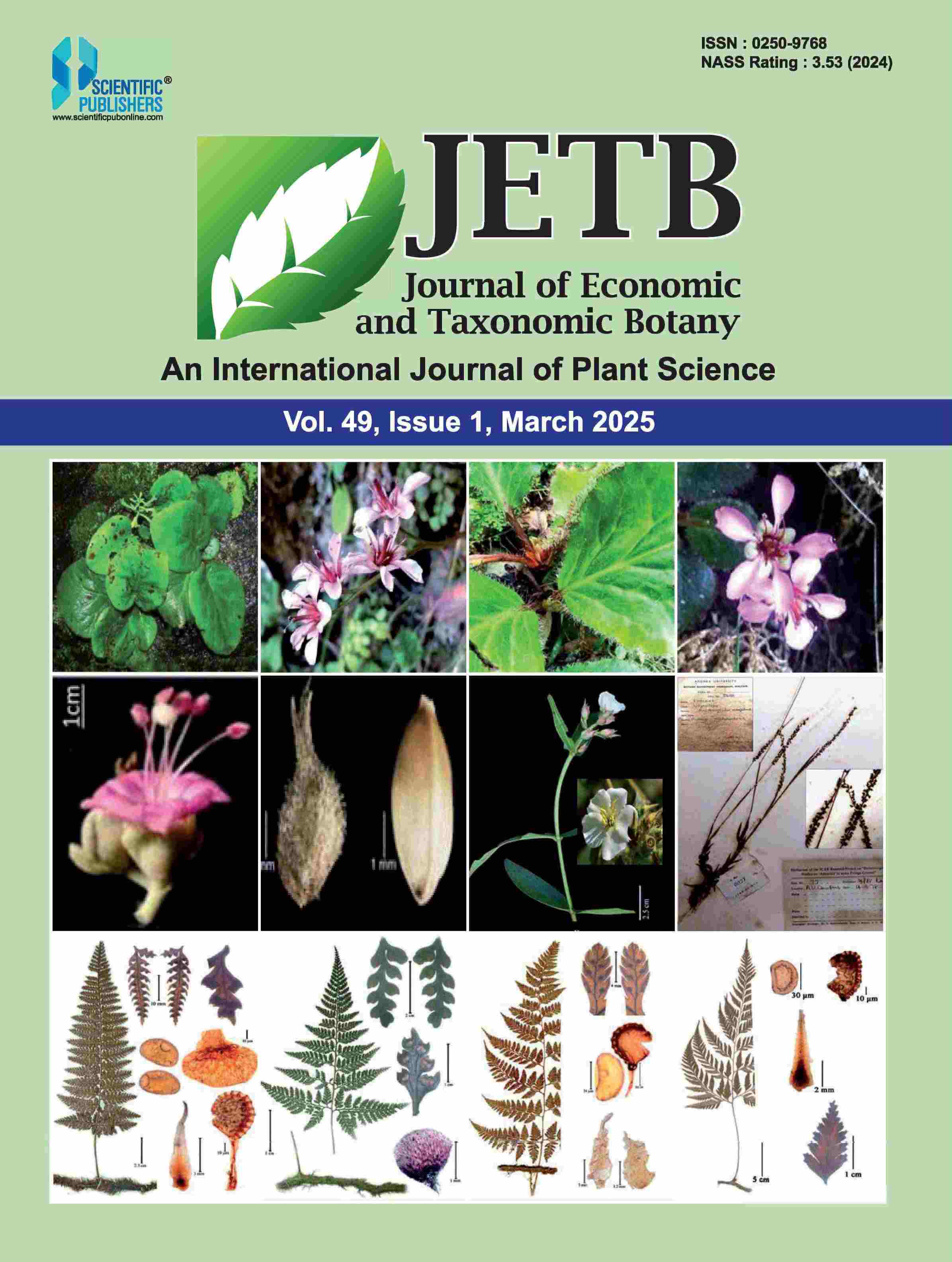India is a versatile reservoir of medicinal plants of the world. The spectrum of medicinal flora is distributed in the terrestrial forest ecosystem, the alpine, the coastal region as well as the sea depth. Since centuries, the medicinal plants of forest have been invariably utilized by the humanity for the cure of various ailments. These plants are extensively used in traditional system of medicine. In this present work 34 species of medicinal plant belonging to 27 family are listed from Reang Tribes of North Tripura. These plants are reported to be effective for a number of diseases. The plants in this work are listed only on the basis of oral information. No pharmacological investigation of the plants mentioned here was carried out and as such this project does not suggest to use them.






